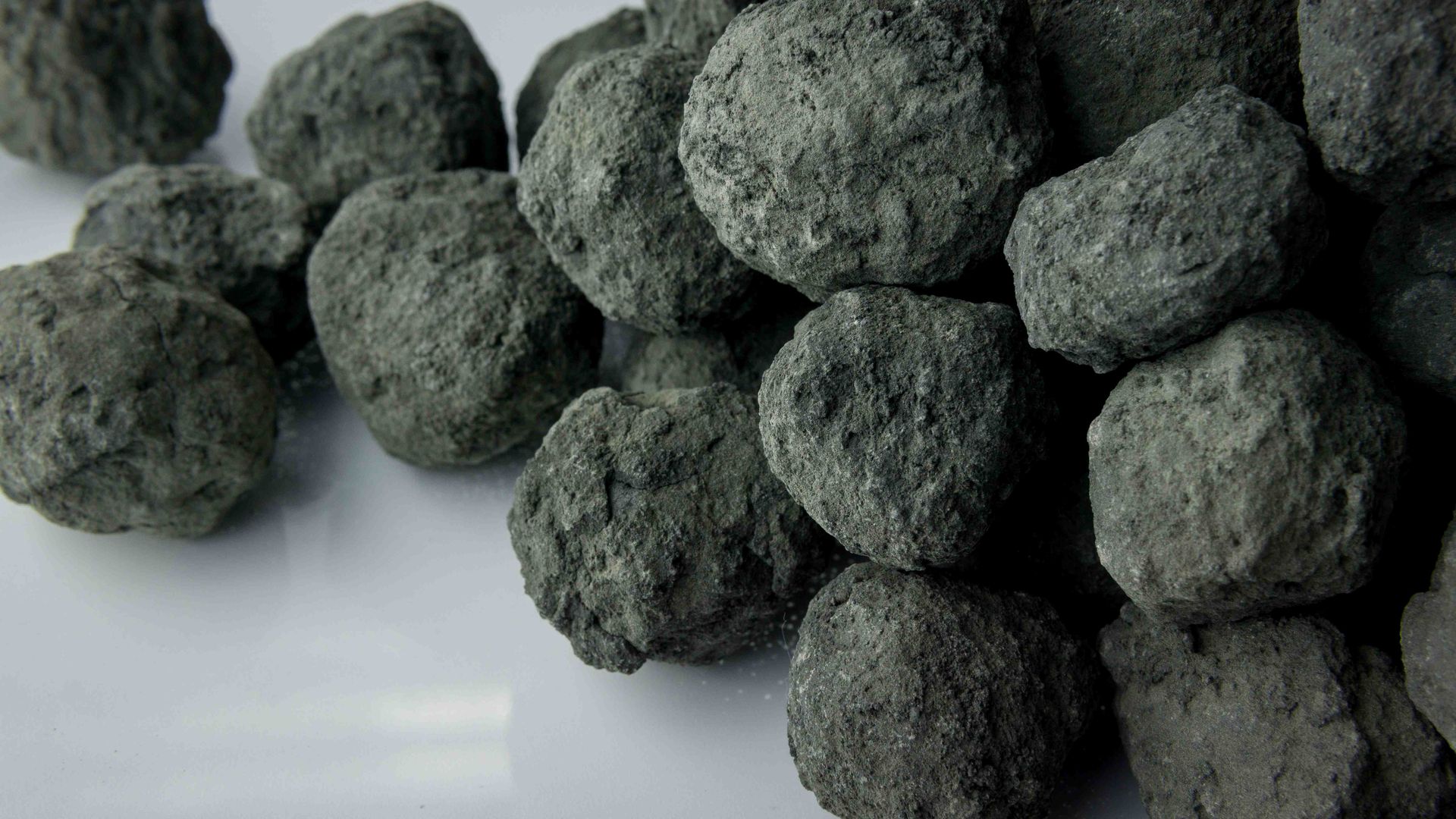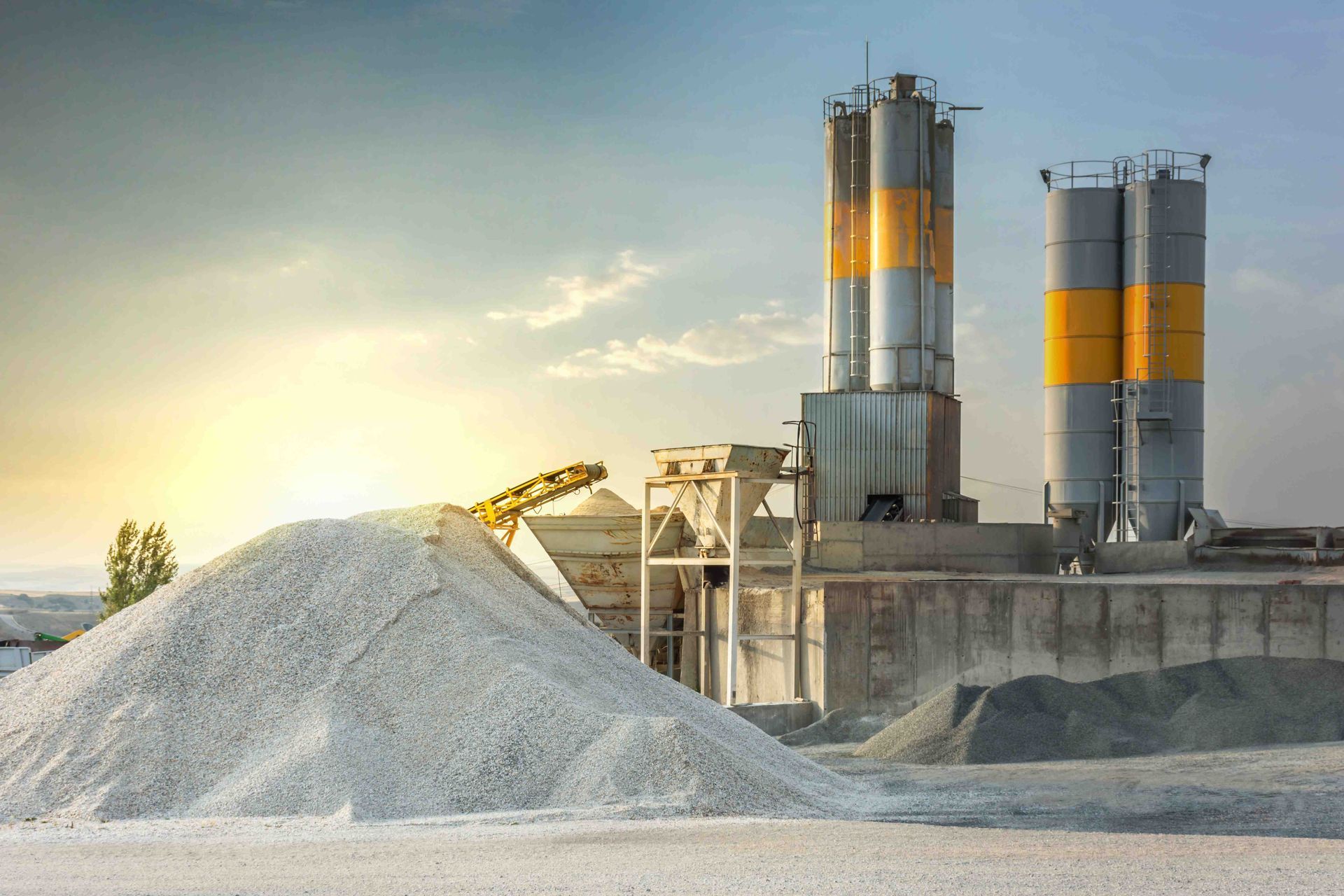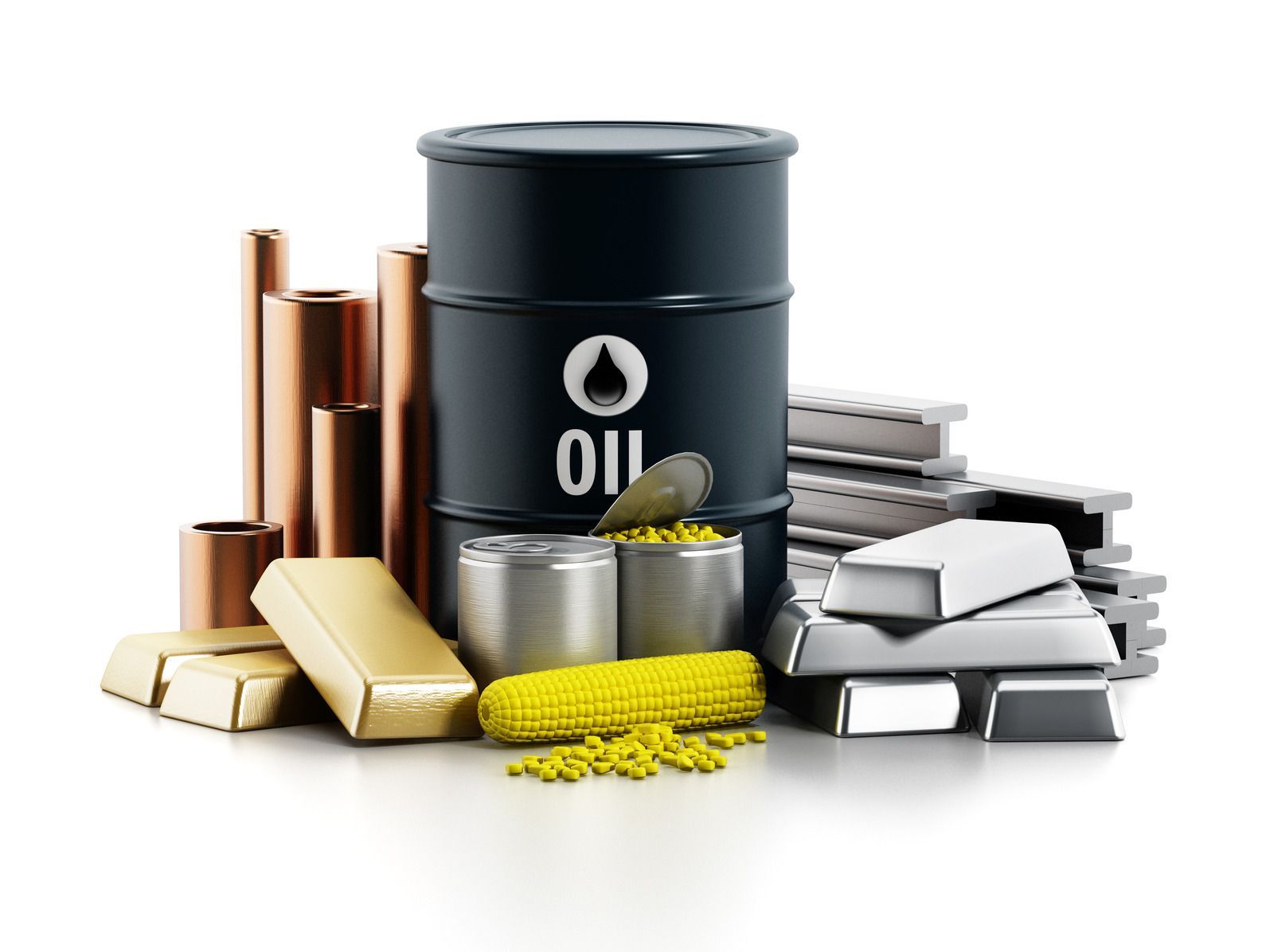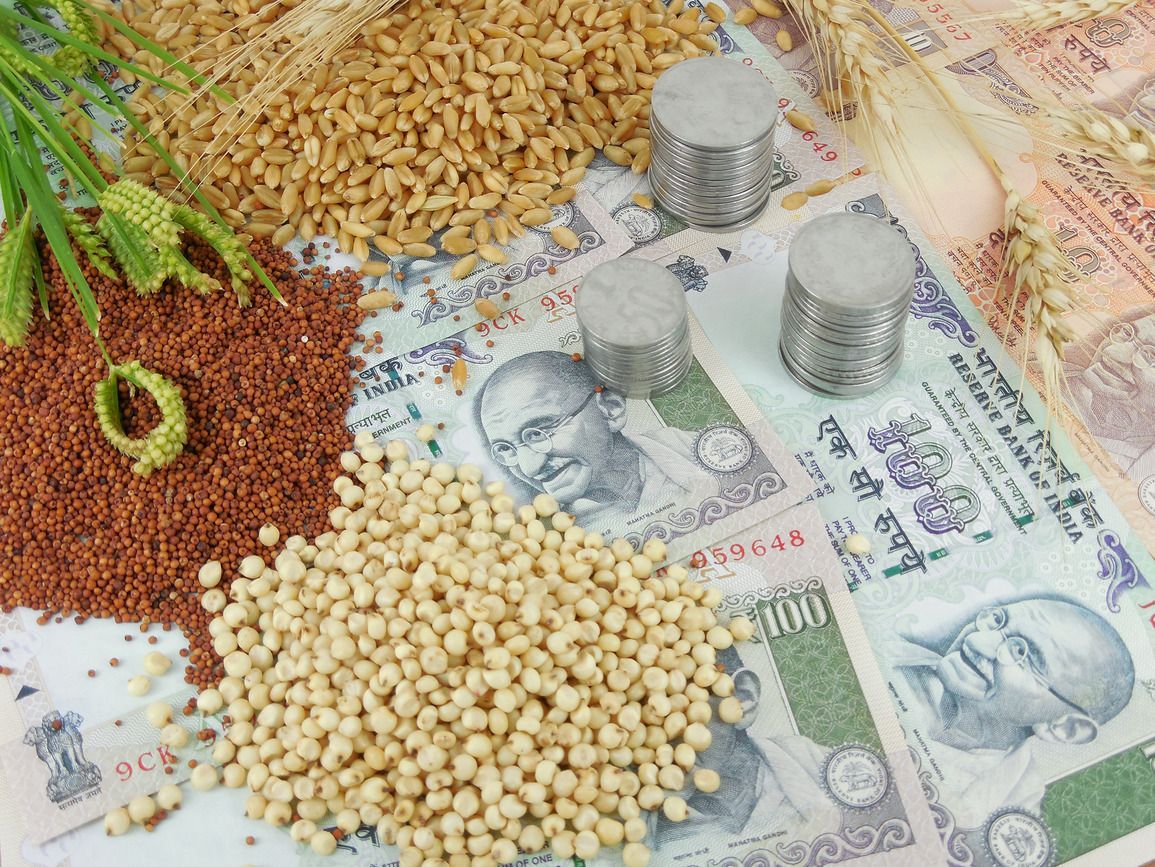What is the Difference Between Clinker and Cement?

Clinker and cement are considered two reliable construction materials. However, they are different in many ways. This guide will pull back the curtain and unveil what they are. Needless to say, clinker itself can be useful on its own - despite being a main ingredient for cement.
Knowing the difference between these two will also give you a basic understanding of these materials and when they can be useful. Construction crews that work with masonry or similar projects will use these materials whenever necessary. Before we take a look at the differences, let’s provide you with an overview of both clinker and cement.
What is clinker?
Clinker is one of the materials that is a precursor to cement. It is a mixture of limestone, clay, and other materials - which are formed during a heating process inside a kiln. This is a process known as calcination. During this process, chemical reactions occur and the raw materials are transformed into clinker.
The process where it’s produced will be energy-intensive and features temperatures of nearly 2600 degrees (F). Soon, it’s cooled and hardened before it goes through the next stage of the cement production.
What is cement?
Cement is the binding agent that will hold together sand, gravel, and other aggregates that form concrete. When clinker is used as an ingredient, it’s grounded with a mix of gypsum and other additives that will result in enhancing the overall properties. As a result, the powder or Portland cement is created.
Portland cement is one of the most common types used in various construction projects. However, keep in mind that there are different types of cement that will be available on the market. The major differences pertain to applications and performance requirements.
What is the difference between clinker and cement?
Now that you have a basic understanding of clinker and cement, we’re going to take a look at the differences between the two. Here’s what they are:
Composition
The composition is one of the primary differences between clinker and cement. As mentioned earlier, clinker consists of materials that are formed during calcination. Meanwhile, cement will consist of clinker that is grounded into a fine powder while mixed with gypsum and other additives.
The process will alter the properties - both physical and chemical - to help create the specific characteristics of the cement itself. For example, the cement may mix easily and harden quickly.
Appearance and texture
Clinker will have small, dark-color nodules that will appear in shades from gray to black. Its texture will be gritty and rough - mostly due to some of the raw materials that have been unreacted during the calcination process. Cement will feature its distinctive powder texture, which is smooth and is resemblant to flour.
Applications and use
Clinker is not directly used in construction. Regardless, its purpose is for it to be grounded into cement. From there, it will be applied accordingly. Cement itself will be mixed to ensure the binding of materials so it’s more durable after it is applied and dried.
What are the roles for both materials in construction?
Clinker as a standalone product will need to be grounded into the powder that creates cement. Otherwise, it may already be mixed into cement itself so it is ready for its necessary application. Nonetheless, here are some roles that both will place in construction settings:
Concrete production
Clinker-derived cement becomes concrete - which becomes the “glue” that holds together construction materials like bricks. Concrete is robust and versatile, making it one of the best materials for putting things together, especially when there may be no need for hammers and nails.
Structural integrity
Cement can play a role that can provide structural integrity and longevity of projects such as buildings, walls, and similar structures. Cement will ensure that the concrete is strong, durable, and resistant to environmental elements including chemicals, moisture, temperature changes, and others. If properly formulated, the concrete will be able to withstand plenty of external forces and significant loads - which is critical for various construction projects such as bridges, roads, buildings, and dams.
What construction projects are useful for cement?
Cement can be used on various construction projects across several different types. Whether it’s residential, commercial, or industrial - it can be useful since such finished products will need to be strong, durable, and able to withstand environmental conditions. Here is a select list of construction projects and why they are important:
- Foundations: Without foundations, no building - residential or otherwise - would have that sturdy support.
- Driveways and walkways: Whether it’s traffic by foot or by vehicle, cement can create a durable surface that is smooth and stable.
- Commercial flooring systems: Floors created from cement will be durable and resistant to wear. If your building sustains heavy traffic on a regular basis, cement will be useful for flooring in both a commercial or industrial setup.
- Structural components: Columns and beams are two excellent examples where cement can play a role in commercial and industrial settings. These components will be great for handling large load capacities and overall stability.
- Roads and highways: For durability, smoothness, and less wear and tear - cement can be useful for road construction. It can be durable for a lengthy period of time, allowing people to go from place to place whether it’s near or far.
- Water and wastewater treatment plants: Cement will offer structural stability for both water and wastewater treatment plants. It will also offer additional support for tanks, filtration systems, and more.
Let PermuTrade handle your physical commodity needs
Clinker and cement are two commodities that provide steady demand. Construction materials like this are always used. Without them, obviously we wouldn’t be able to live in the modern world that we’re in today. At PermuTrade, we help you focus on investing in physical commodities that make the world function better.
In a commodity market, you can build your portfolio so it’s more profitable. If you want more information on how to get it done, contact PermuTrade today and we’ll direct you on what to do next.
Disclaimer: The information on this website and blog is for general informational purposes only and is not professional advice. We make no guarantees of accuracy or completeness. We disclaim all liability for errors, omissions, or reliance on this content. Always consult a qualified professional for specific guidance.






